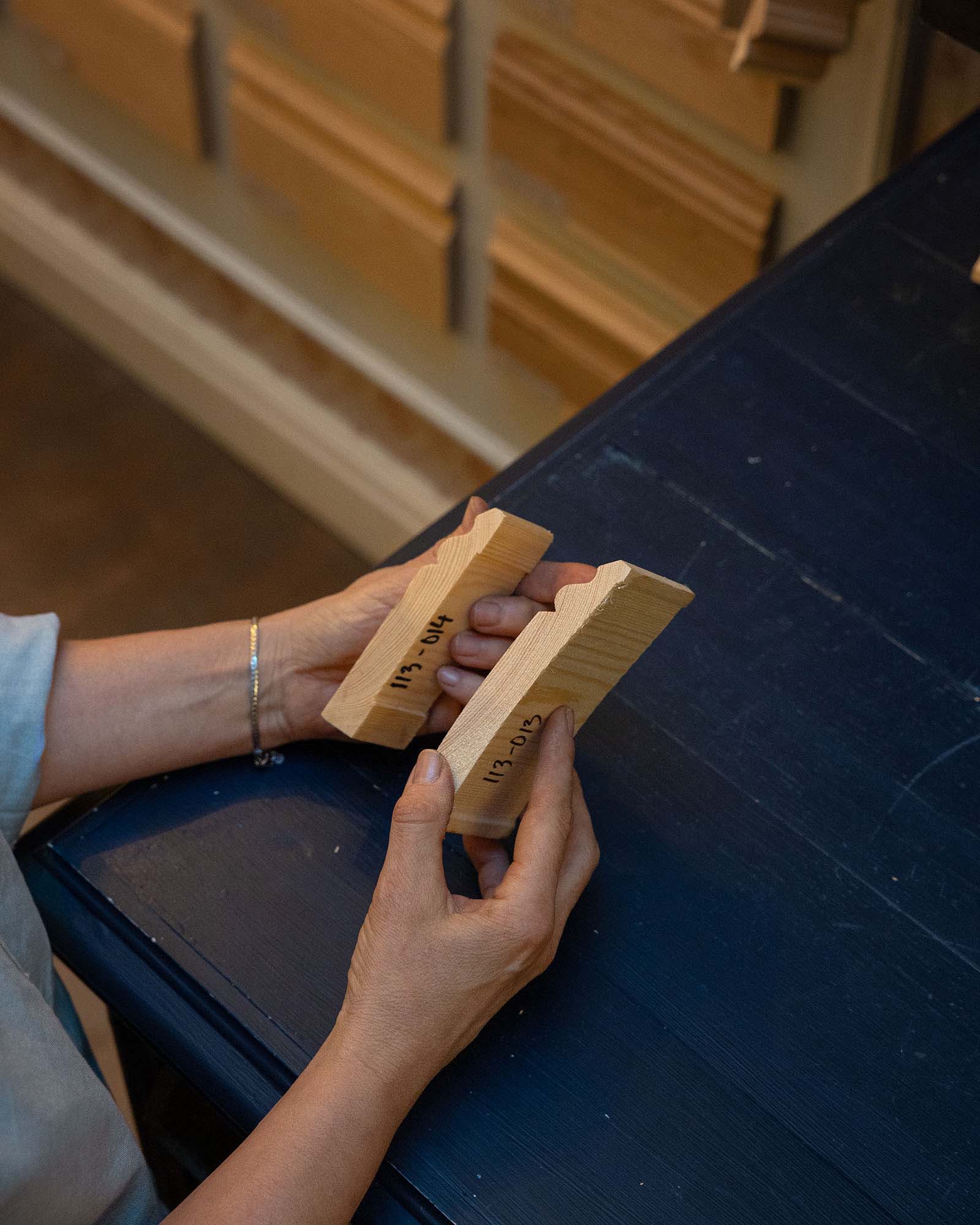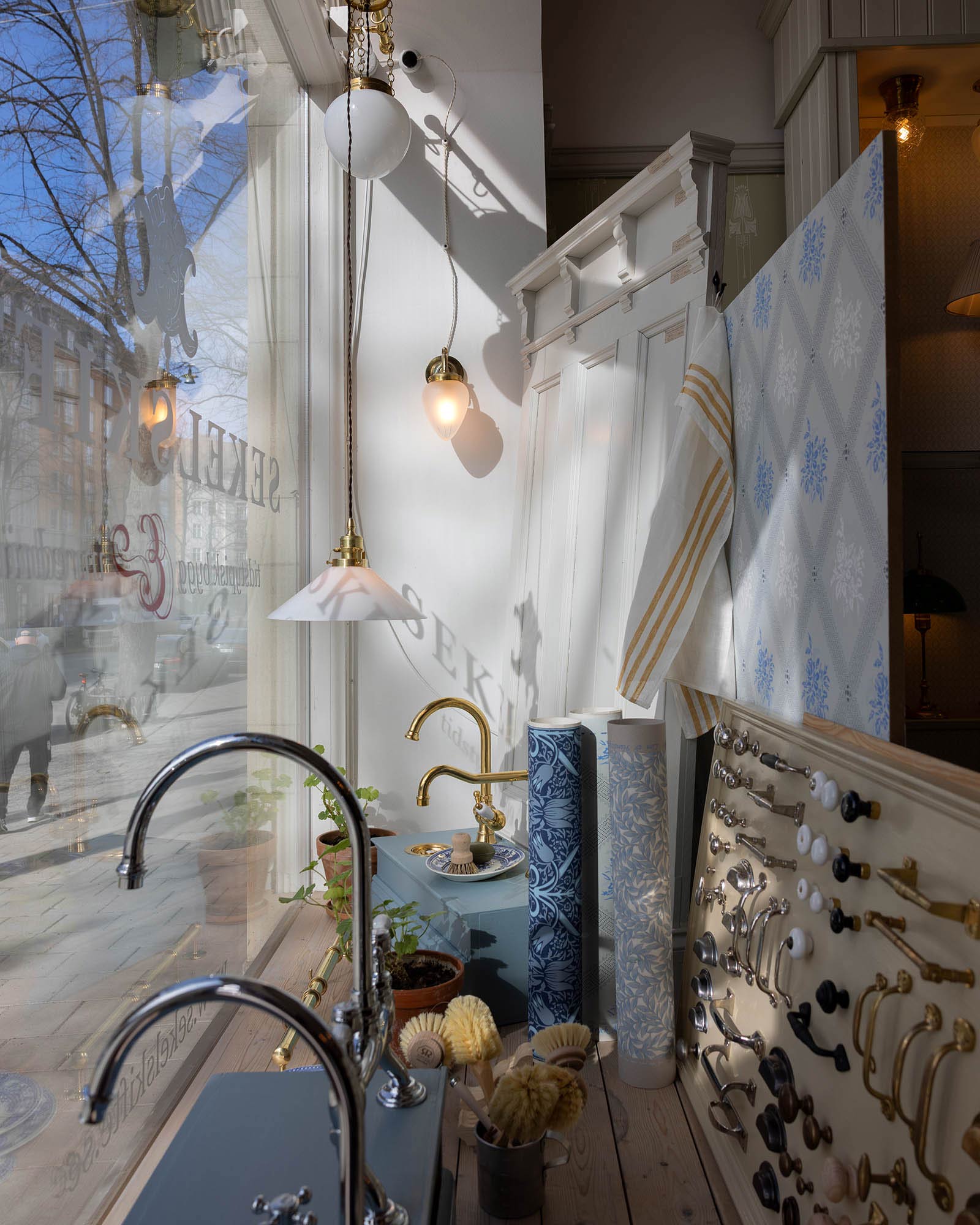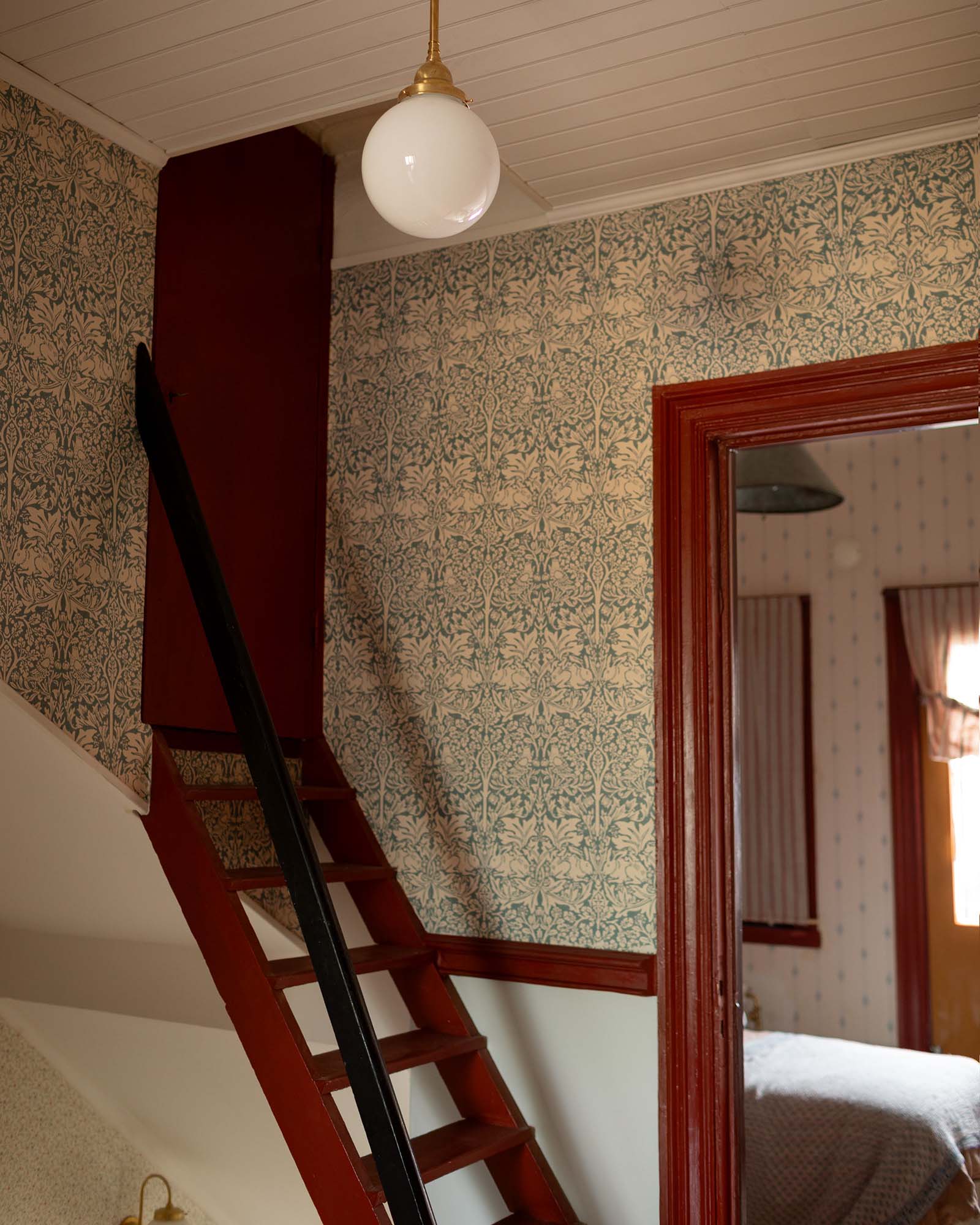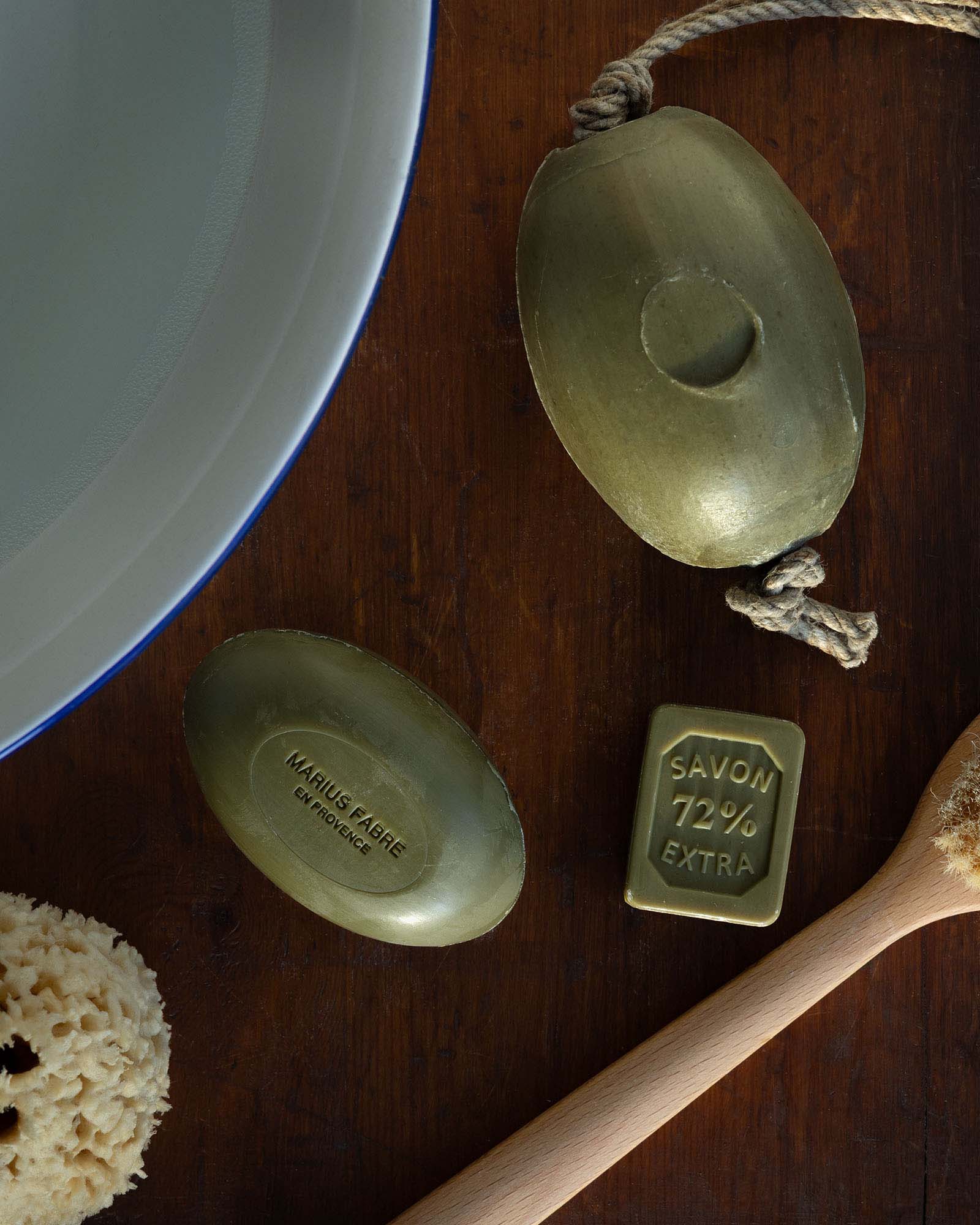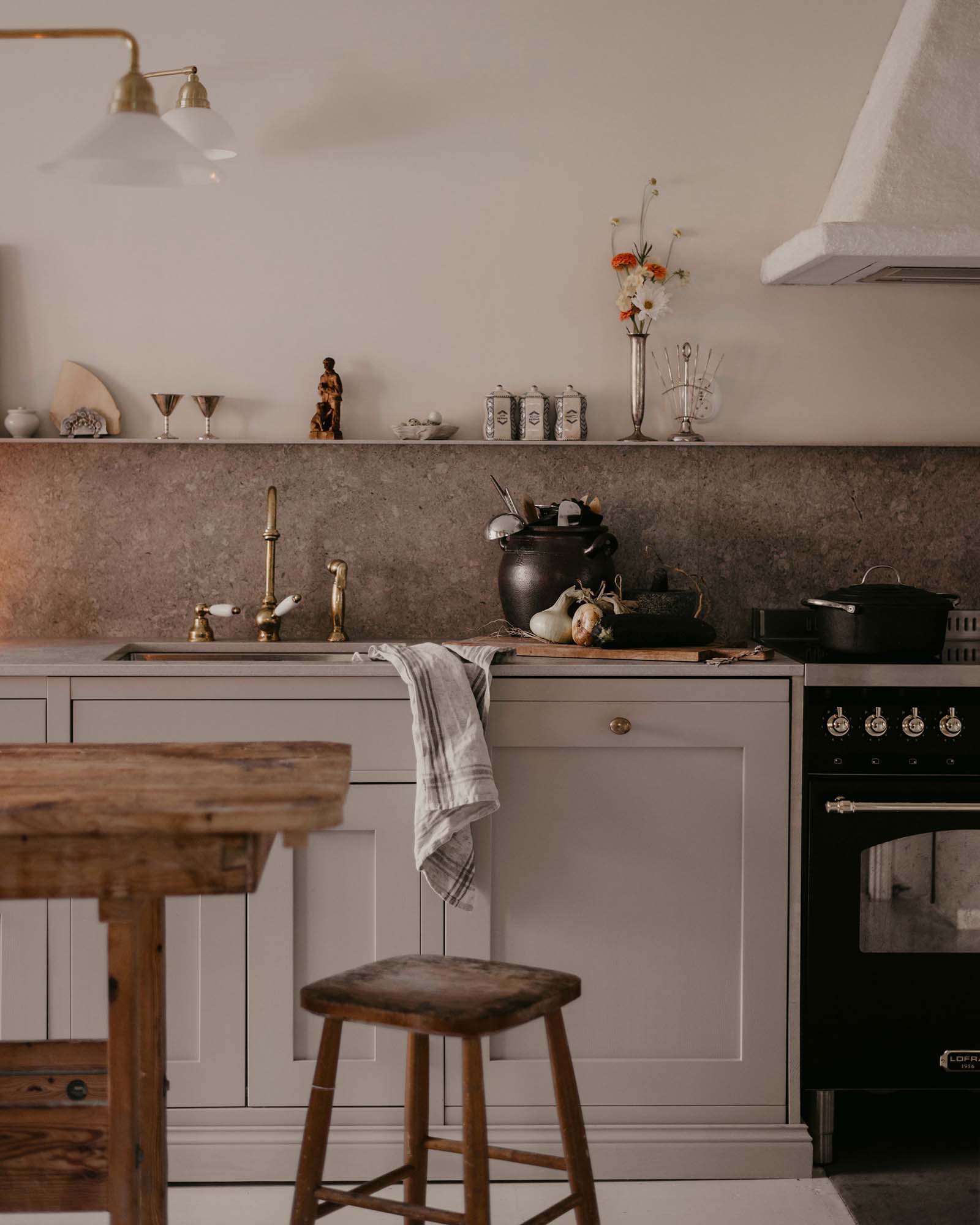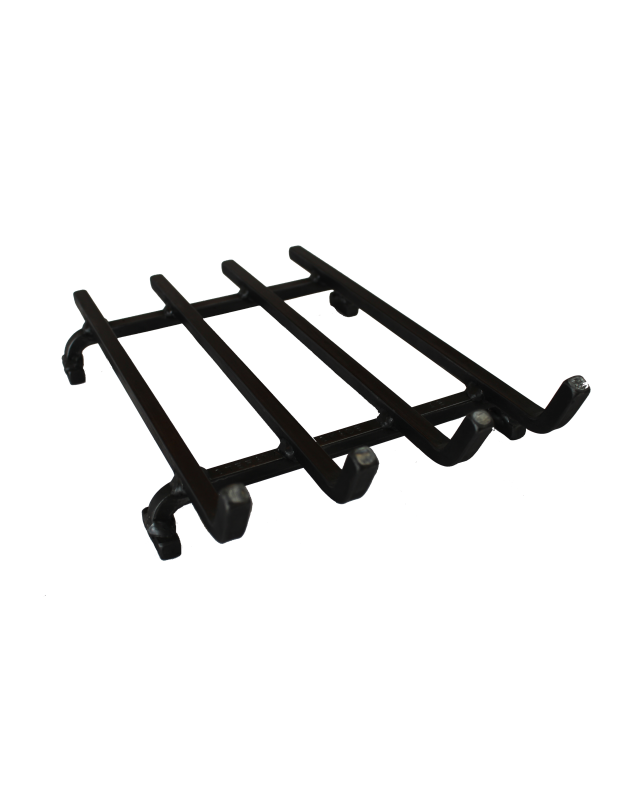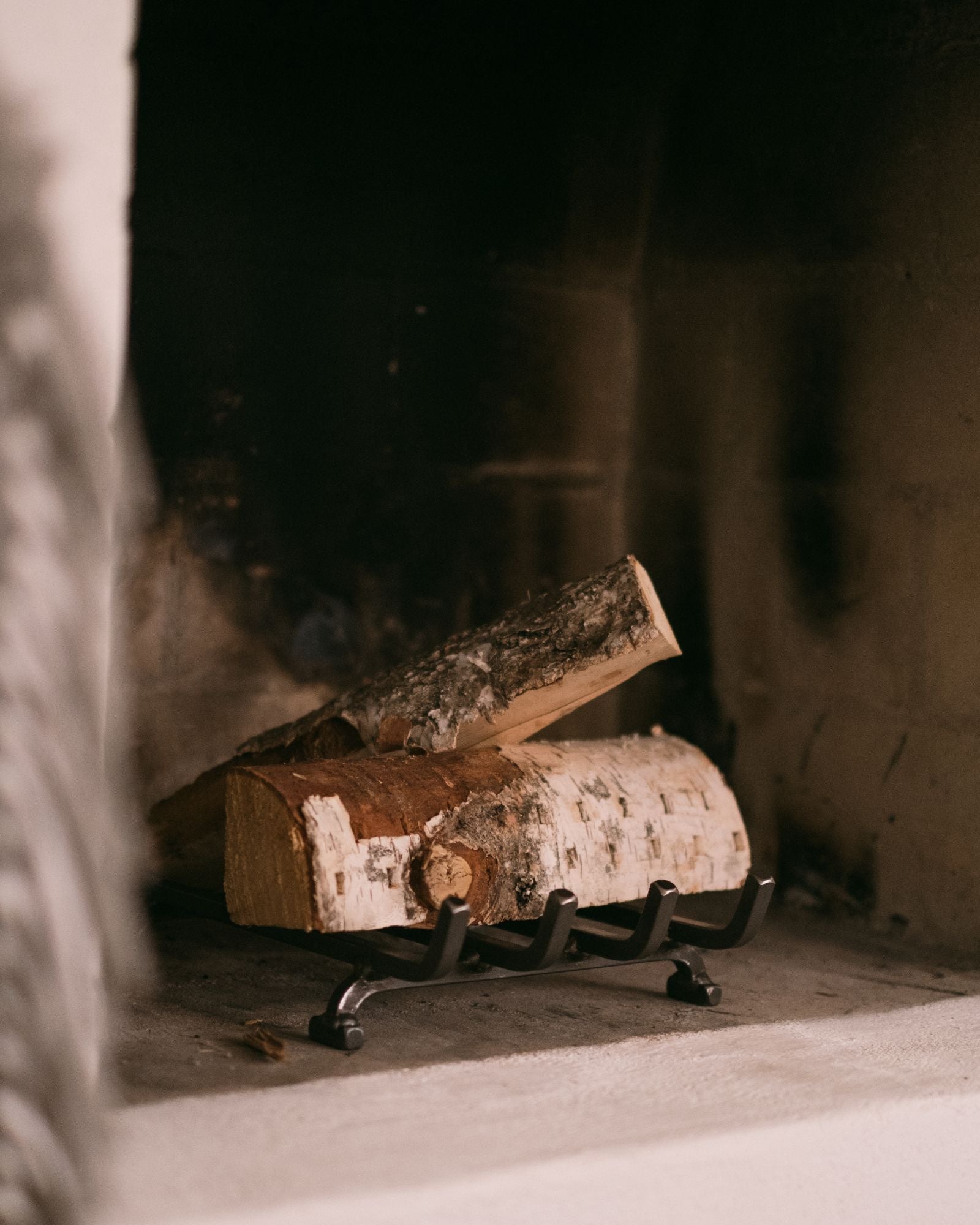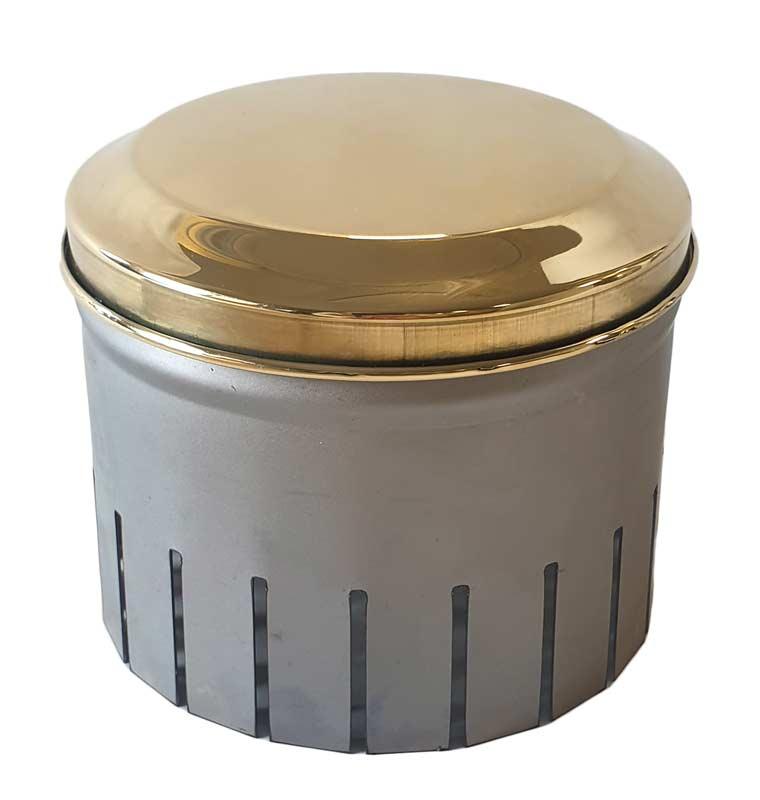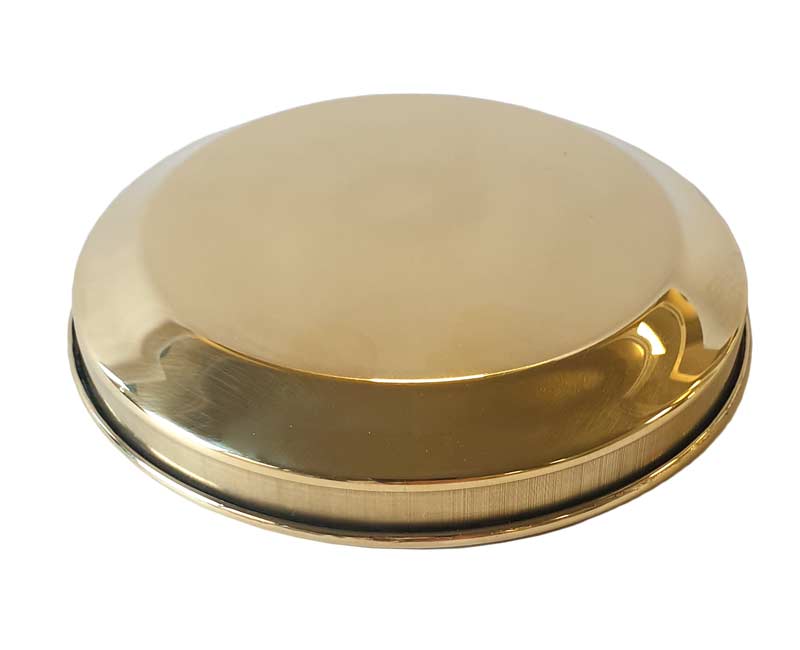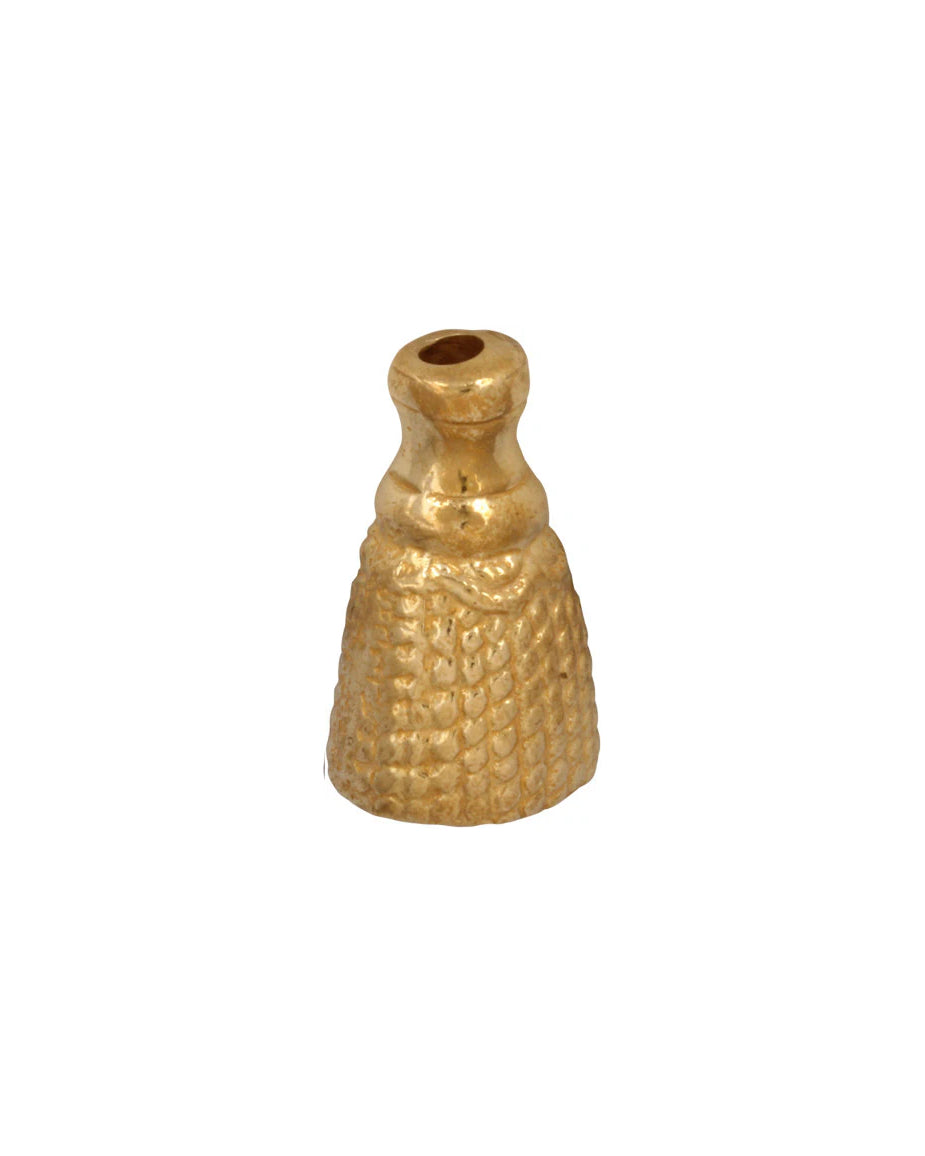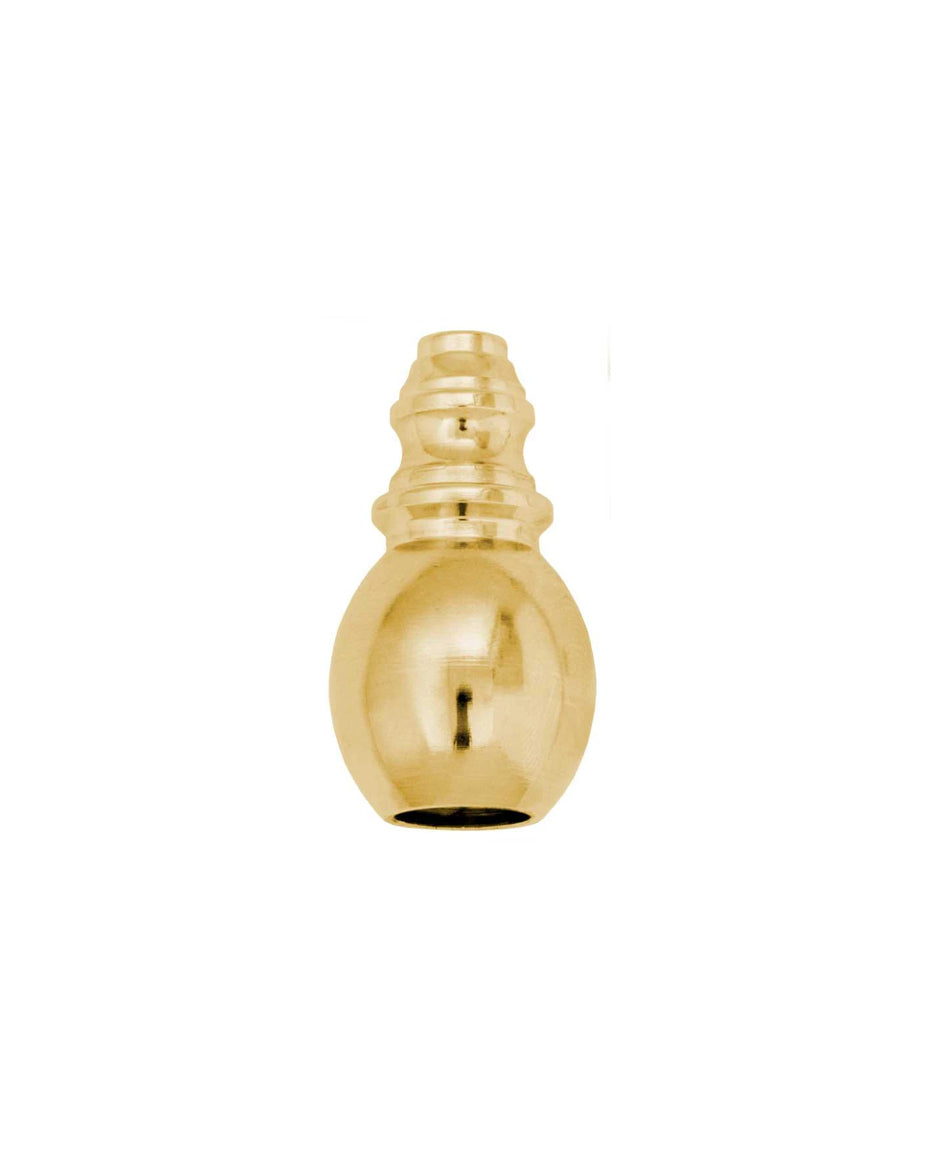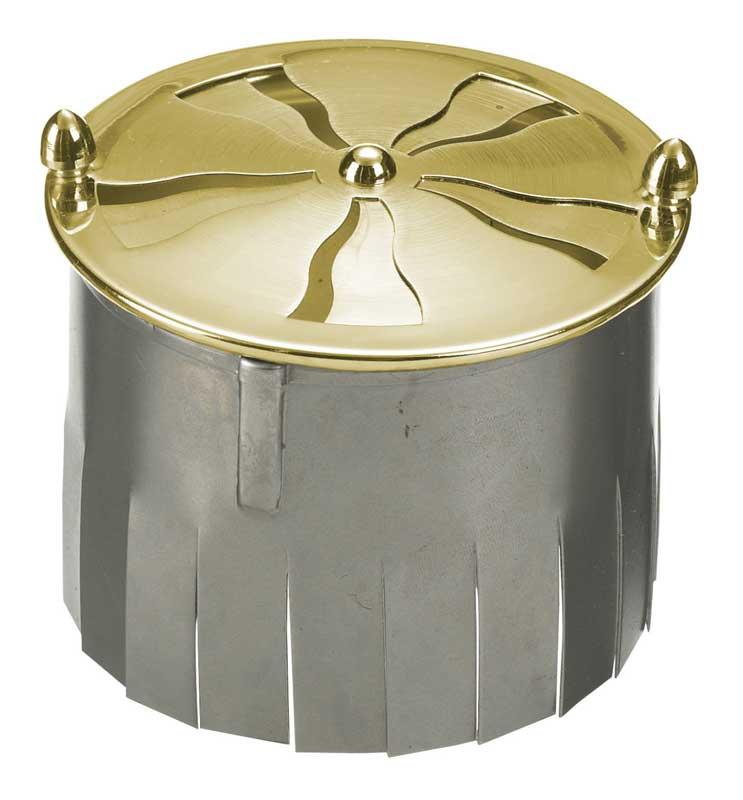Although the tiled stove as a phenomenon has a very long history, it is mainly during the 18th century when it was widely used as a heat source in Swedish homes. The early stove consumed a lot of wood and was not very heat-efficient. In the 18th century, therefore, the Swedish state was concerned by the large fuel consumption, and it was decided to study the possibility of a more efficient stove. Two gentlemen, Carl Johan Cronstedth and Fabian Wrede, got the assignment, and in 1767 the modern tiled stove was invented! They could then present a drawing with meandering smoke channels, dampers and hatches. A design that retained heat considerably longer than the previous models, which emitted much of the heat directly through the chimney. In the modern stove, almost all heat is extracted from the smoke to the point that a single fire can keep a room warm for 10-12 hours.
Although the construction has remained almost the same since the 18th century, the style and decoration of the tiled stove have changed over time in line with the prevailing architectural style.
Neo-Renaissance
In the bourgeois homes during the 1880s, the stove was often adapted according to the room in which it was placed. During this period, the tiled stoves were often built in dark tile with relief patterns. The simpler models were white and smooth with ornate crown. See image 2.
Art Nouveau
During 1900-1910, the tiled stove was the most common heat source in newly built houses. In response to the earlier styles, the late Jugend style came and the tiled stoves were often made entirely white and shiny with various decorative elements such as reliefs on price and crown. Classic Art Nouveau motifs taken from the plant kingdom, such as cones, oak leaves and sunflowers were common.
National Romance
During this period (1910-1920), the tiled stoves were often decorated with flower loops on parts of the oven. It also became common to create copies of 18th-century ovens. For example, the tiles could be glazed with tinted tin glazes to get a more "defective" and handmade look. During the national romance, both round and flat tiled ovens are designed in single-colored tiles in green or blue with relief. The box-shaped tiled stove with a tapered upper part is the novelty of the period (see image 3).
1920s classicism
Since central heating is introduced in the cities, the stove would not be necessary in the same way. Instead, it was now common to build open fireplaces, which were often placed in halls and living rooms. The contemporary fireplace has straight lines, stove top and covered with tiles or marble. Different shapes of seashells are common as a decorative element.




























































































